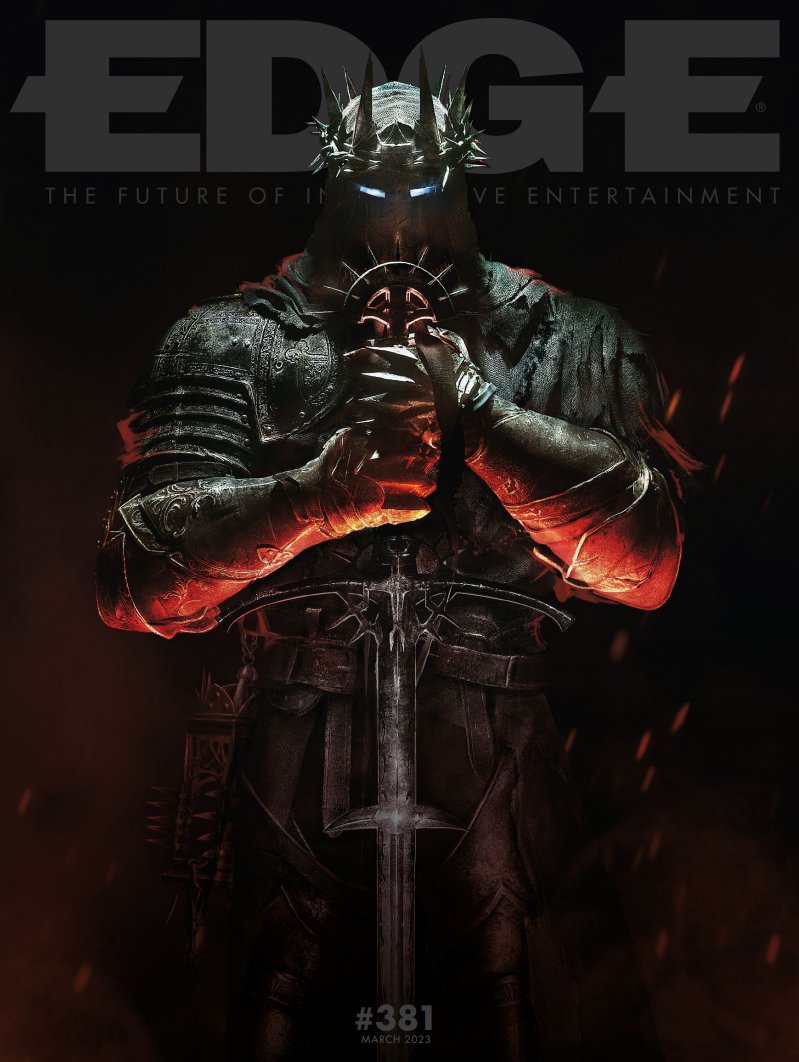The latest issue of Edge has a cover story about this game. This is shamelessly taken from another site (I hope it's not an issue), but I think this is shaping up to be very interesting. The potential is there.


- When they started developing the game, Hexworks set out to create 'Dark Souls 4.5'; while they "braced for impact" when Elden Ring came out, they didn't try to course-correct on the game they always wanted to make
- This is a dream project for many of the developers; said they "stopped their successful careers to work on it"
- The connections with the first game will be tenuous
- The game is much larger than its predecessor, and completely interconnected: "Every level branches out into other levels, like a T-shaped intersection, and every three levels loop back into each other. It's like a chain of pretzels"
- The art direction is conceived as a mix of European gothic horror, medieval fantasy and cosmic horror
- The cosmic horror elements are related to the Umbral, the limbo between death and the afterlife that can be seen in the trailers. From an art perspective its inspirations are, among others, HR Giger, Zdzisław Beksiński and surrealist sculptor and performance artist Olivier de Sagazan
- The lantern the player character is equipped with allows to stare into the Umbral from the living world, as well as to escape from it should you enter it.
- You can accept death and reset the world like in a traditional Souls game, leaving the currency you lost at the point you fell and returning to the rest site visited most recently, or decide to descend into the Umbral as a sort of second chance, searching for unique treasure and then seeking out a 'totem' that slides you back to reality. In this world, however, healing items are less effective and an insanity meter fills if you stay in too long.
- The Umbral can also be accessed through a 'deathwish' ritual that induces a kind of penalty-free demise, since there are items and loot that can only be found there
- The architecture of the real world and the Umbral interact with each other; for example, a chasm in the real world may be bridged in the Umbral, and even when living you could raise the lantern, which shows the Umbral overlaid on the real world as a kind of portal, and as long as the lantern shows the way, you could cross that bridge
- TLotF is a game about "observation and detective work", in which gaps and dead ends should encourage further investigation. As in games such as Soul Reaver, changes in a world may open new paths in the other
- While smaller Umbral denizens cower from the lamp, larger ones may actually reach through the light and drag you to the other side
- There are 9 starting classes to choose from at the moment (the number may change in the final release), and this choice may have an effect on how deeply you need to become acquainted with the Umbral - a necromancer can hardly avoid it
- The game's equivalent of the bonfires, called 'anchors', appear only sparsely at fixed locations, but their number can be increased by crafting them and placing them as you see fit. Their crafting materials can only be looted from Umbral enemies, however, and they wear out with use and can also be destroyed if found by enemies
- During the first playthrough, there will be fast travel between anchors and the hub area, but in New Game+ there will be no permanent anchors, and the warping functionality will be restricted
- Co-op play will be untethered and seamless, so partners will stay connected as long as they want: if you die, you switch to a spectator mode until a companion resurrects you
- There are three factions in the game, and depending on your alignment you will receive a specific currency that can be exchanged at shrines for items and equipment, but the most precious gear will remain out of reach until the combined playerbase donates enough currency to unlock the higher tiers - "We're looking for players to organize themselves, and start all grinding together as a community"
- There will be crossplay between PC and consoles
Last edited:

